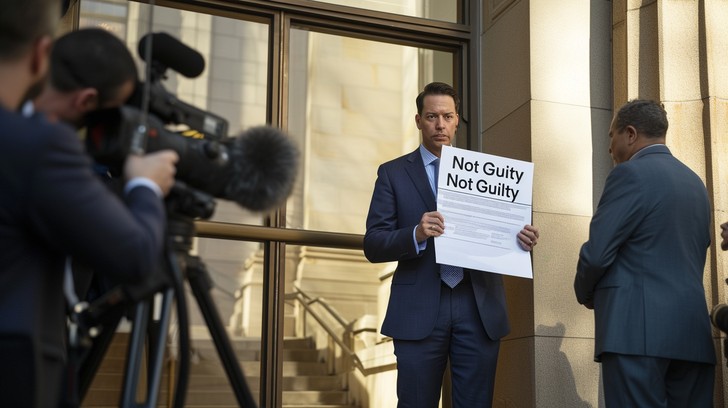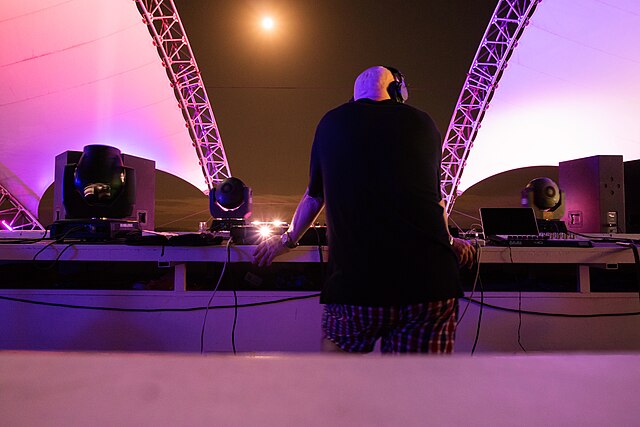Now Reading: Media Trials: How Social Media & Leaked Evidence Are Destroying Justice
-
01
Media Trials: How Social Media & Leaked Evidence Are Destroying Justice

Media Trials: How Social Media & Leaked Evidence Are Destroying Justice
Imagine a courtroom drama playing out, not just within the four walls of a courthouse, but across every news channel, social media feed, and online forum. That’s the reality of media trials, where public opinion, fueled by sensationalised reporting and often incomplete information, threatens the foundation of a fair legal process. Are we sacrificing proper judgment for viral justice?
The Rise of Media Trials
The concept isn’t new. Historically, newspapers and television have shaped public perceptions of legal cases. However, the internet, especially social media, has amplified this influence exponentially. What used to be a controlled flow of information from established news outlets is now a torrent of opinions, speculation, and even outright misinformation, instantly accessible to billions.
The Power of Social Media in Shaping Public Opinion
Social media’s impact can’t be overstated. Platforms like Twitter, Facebook, and TikTok act as echo chambers, reinforcing pre-existing biases and allowing rumours to spread like wildfire. Algorithms prioritise engagement, meaning sensational, often emotionally charged content, gets the most visibility. This can lead to a situation where potential jurors have already formed a strong opinion about a case long before it reaches the courtroom. Think about the Johnny Depp and Amber Heard defamation suit. Social media was flooded with content, primarily supporting Depp, shaping a dominant narrative that likely influenced public perception, even though the trial was supposed to be decided on presented evidence.
Leaked Evidence and Its Impact on Fair Trials
Adding fuel to the fire is the increasing prevalence of leaked evidence. Police reports, witness statements, and even crime scene photos can find their way online, often without context or proper vetting. This premature release can taint the jury pool and prejudice potential witnesses. For example, in the case of the murder of Gabby Petito, leaked bodycam footage and personal details were widely circulated, potentially impacting the ability to find an unbiased jury.
The Court of Public Opinion vs. The Court of Law
The problem is clear: the court of public opinion often operates under a different set of rules than the court of law. Evidence presented on social media is rarely subjected to the same scrutiny as in a courtroom. Hearsay, speculation, and outright falsehoods can be presented as fact, shaping a narrative that may be entirely at odds with the actual evidence. This creates a dangerous situation where a person can be convicted or exonerated in the public eye long before a verdict is reached.
Case Studies: Media Trials and Their Consequences
Several cases highlight the damaging effects of media trials. The Duke Lacrosse case, where lacrosse players were falsely accused of rape, demonstrates how quickly public opinion can turn and how difficult it is to recover from such intense media scrutiny, even after exoneration. More recently, the Casey Anthony trial, despite an acquittal, resulted in lasting public condemnation due to intense media coverage and speculation. These instances are not isolated. They underscore the very real possibility of justice being subverted by public perception.
Safeguarding Justice in the Age of Instant Media
Protecting the right to a fair trial in this environment requires a multi-pronged approach. Stricter gag orders, limiting what lawyers, law enforcement, and witnesses can say publicly, can help control the flow of information. However, they raise concerns about free speech.
Reforming Media Practices to Ensure Fair Trials
Responsible reporting is crucial. Media outlets should prioritise accuracy and impartiality, resisting the urge to sensationalise cases for clicks or ratings. Consider Germany’s press code, which emphasises protecting the personal rights of suspects and victims.
Media literacy programs for the public can help people critically evaluate the information they consume online and understand the importance of due process. Judges can provide more specific instructions to juries about avoiding media coverage during trials, and sequestration, though costly, can be used in high-profile cases. Ultimately, protecting the right to a fair trial requires a commitment from everyone – the media, the legal system, and the public – to uphold the principles of justice, even in the age of instant media.










